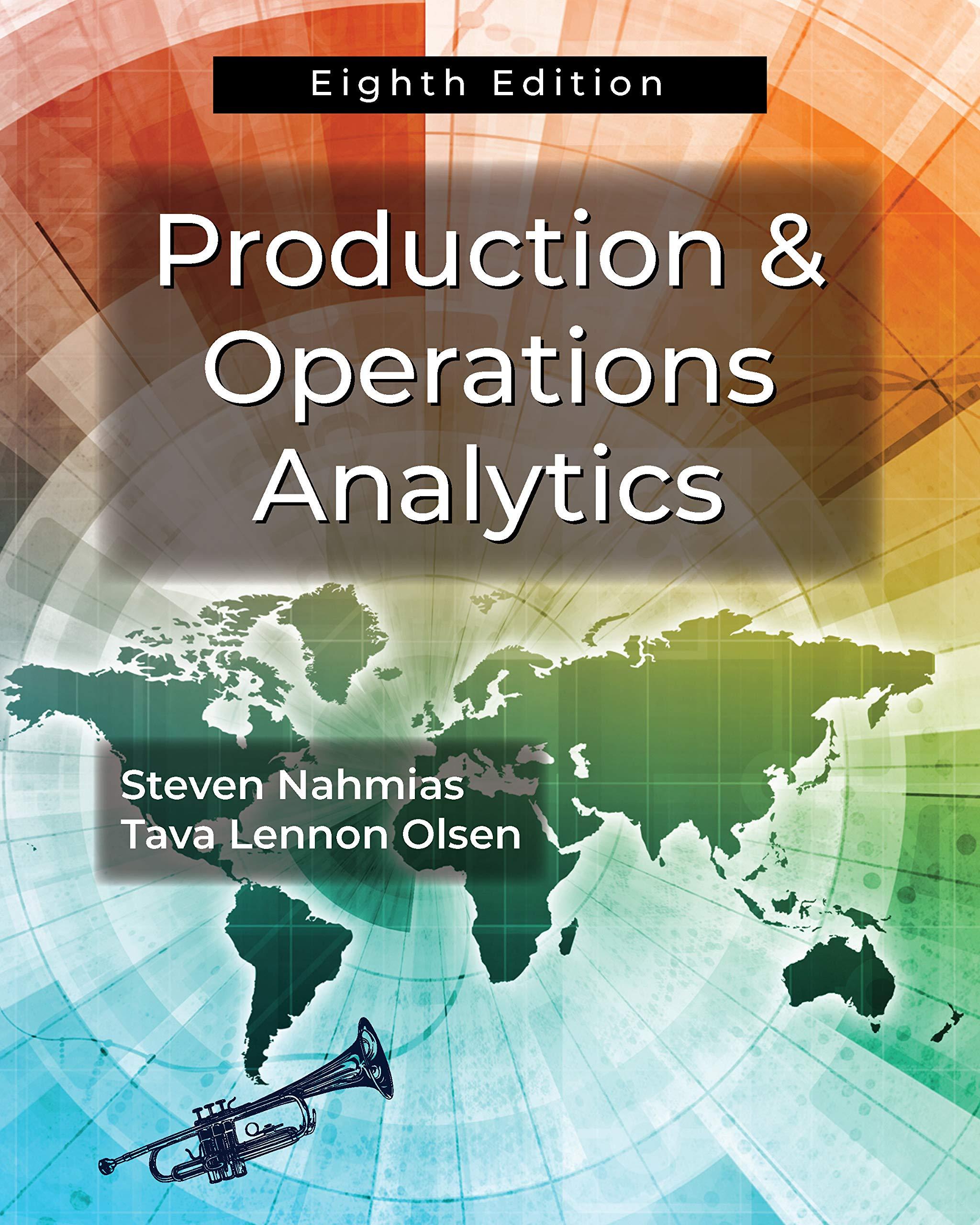
Kyle's company has earnings per share of $6. It has 1 million shares outstanding, each of which has a price of $60. Kyle is thinking of buying TargetCo, which has earnings per share of $3, 1 million shares outstanding, and a price per share of $52.50. Kyle will pay for TargetCo by issuing new shares. There are no expected synergies from the transaction. Complete parts (a) through (d) below. a. If Kyle pays no premium to buy TargetCo, what will his earnings per share be after the merger? 1. Kyle's new earnings per share will be $ (Round to the nearest cent.) b. Suppose Kyle offers an exchange ratio such that, at current pre-announcement share prices for both firms, the offer represents a 20% premium to buy TargetCo. What will Kyle's earnings per share be after the merger? . Kyle's new earnings per share will be $ (Round to the nearest cent.) c. What explains the change in earnings per share in part (a)? Are Kyle's shareholders any better or worse off? O A. In part (a), the change in the EPS came from combining the two companies without synergies or premiums. However, focusing on EPS alone does not dictate whether shareholders are any better or worse off. OB. In part (a), the change in the EPS came from the stocks sold by TargetCo. However, focusing on EPS alone does not dictate whether shareholders are any better or worse off. O C. In part (a), the change in the EPS came from the stocks sold by TargetCo. Since the original stockholder's of Kyle's company have acquired those from TargetCo, his stockholders are better off. OD. In part (a), the change in the EPS came from combining the two companies without synergies or premiums. Since the EPS decreased from $6, shareholders are worse off. d. What will Kyle's price-earnings (P/E) ratio be after the merger (if Kyle pays no premium)? How does this compare to Kyle's (P/E) ratio before the merger? How does this compare to TargetCo's pre-merger (P/E) ratio? , which is Kyle's P/E ratio before the merger of . Kyle's P/E ratio after the merger is TargetCo's pre-merger P/E ratio of Kyle's P/E ratio after the merger is (Round to two decimal places.) Kyle's company has earnings per share of $6. It has 1 million shares outstanding, each of which has a price of $60. Kyle is thinking of buying TargetCo, which has earnings per share of $3, 1 million shares outstanding, and a price per share of $52.50. Kyle will pay for TargetCo by issuing new shares. There are no expected synergies from the transaction. Complete parts (a) through (d) below. a. If Kyle pays no premium to buy TargetCo, what will his earnings per share be after the merger? 1. Kyle's new earnings per share will be $ (Round to the nearest cent.) b. Suppose Kyle offers an exchange ratio such that, at current pre-announcement share prices for both firms, the offer represents a 20% premium to buy TargetCo. What will Kyle's earnings per share be after the merger? . Kyle's new earnings per share will be $ (Round to the nearest cent.) c. What explains the change in earnings per share in part (a)? Are Kyle's shareholders any better or worse off? O A. In part (a), the change in the EPS came from combining the two companies without synergies or premiums. However, focusing on EPS alone does not dictate whether shareholders are any better or worse off. OB. In part (a), the change in the EPS came from the stocks sold by TargetCo. However, focusing on EPS alone does not dictate whether shareholders are any better or worse off. O C. In part (a), the change in the EPS came from the stocks sold by TargetCo. Since the original stockholder's of Kyle's company have acquired those from TargetCo, his stockholders are better off. OD. In part (a), the change in the EPS came from combining the two companies without synergies or premiums. Since the EPS decreased from $6, shareholders are worse off. d. What will Kyle's price-earnings (P/E) ratio be after the merger (if Kyle pays no premium)? How does this compare to Kyle's (P/E) ratio before the merger? How does this compare to TargetCo's pre-merger (P/E) ratio? , which is Kyle's P/E ratio before the merger of . Kyle's P/E ratio after the merger is TargetCo's pre-merger P/E ratio of Kyle's P/E ratio after the merger is (Round to two decimal places.)







